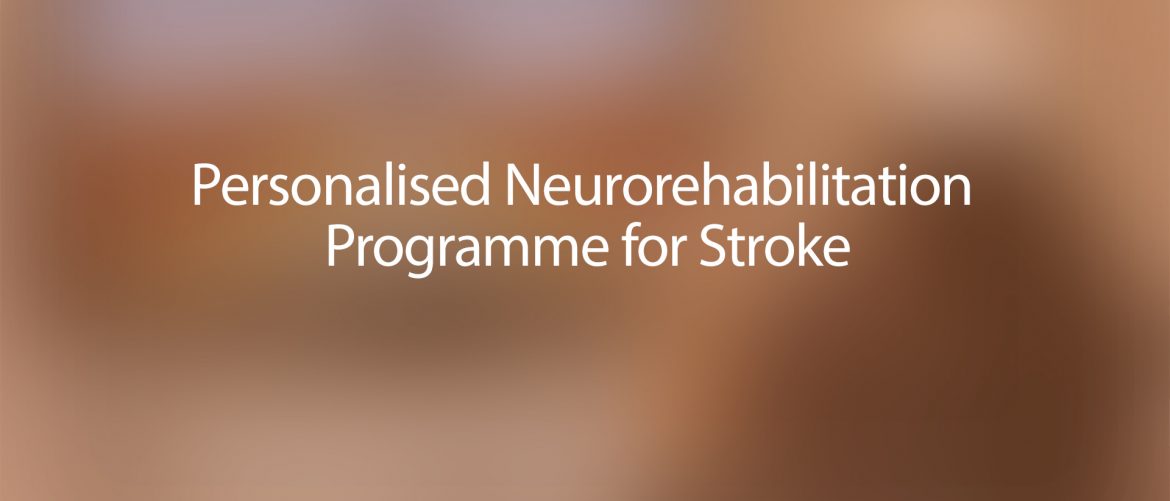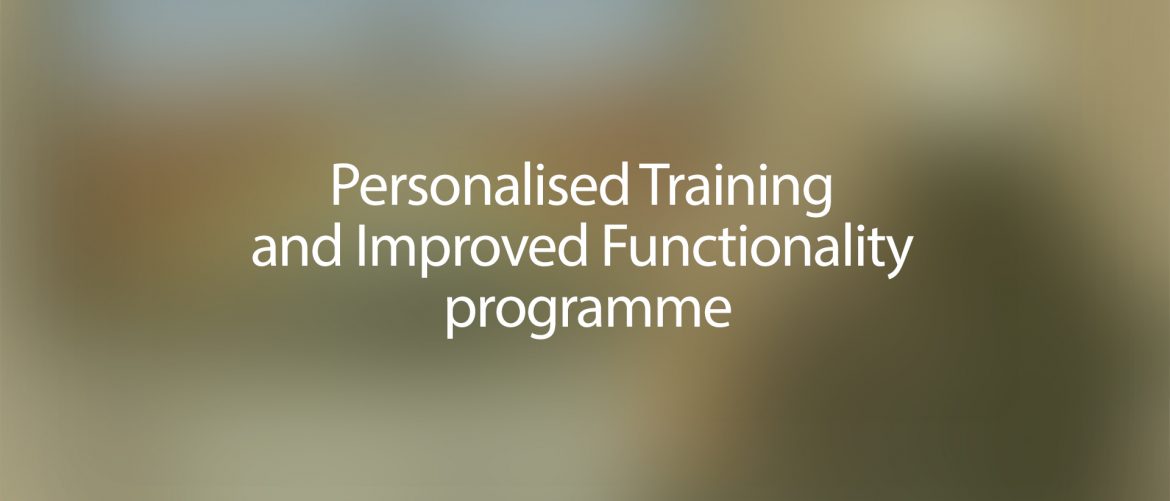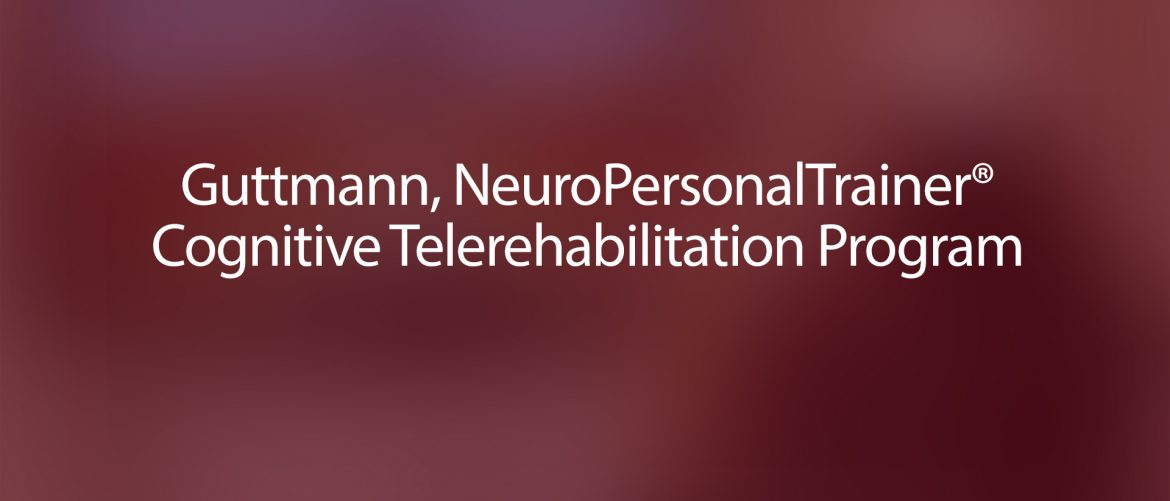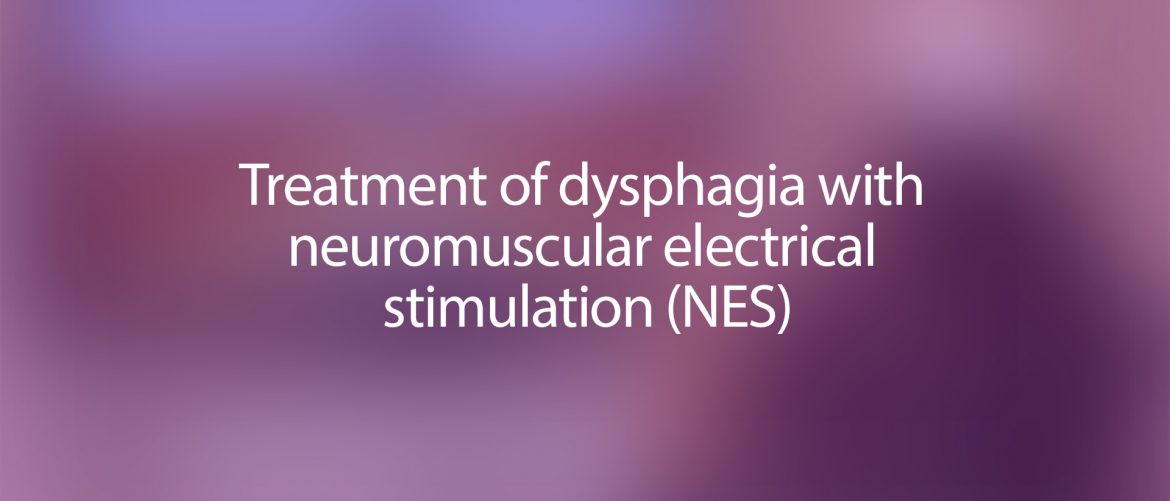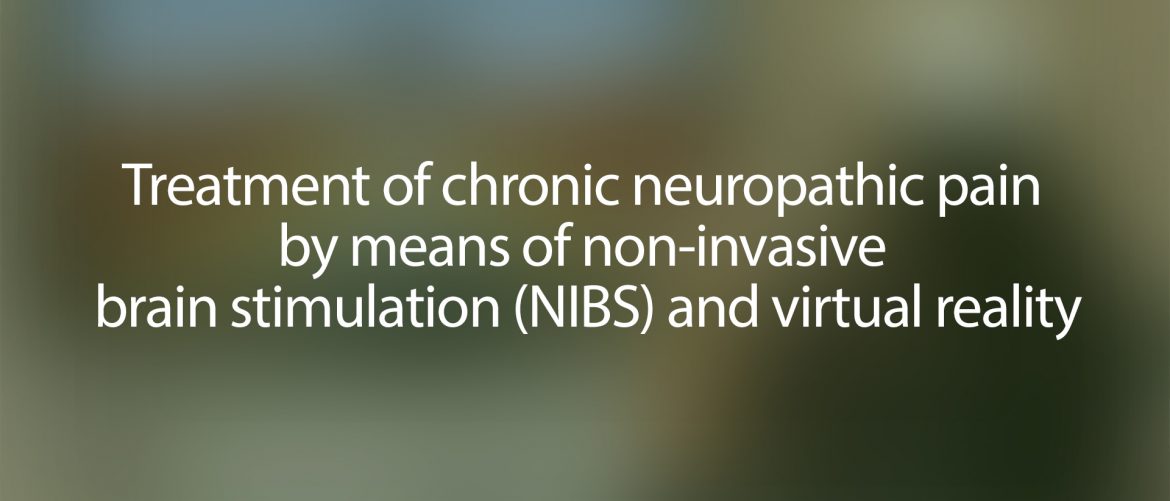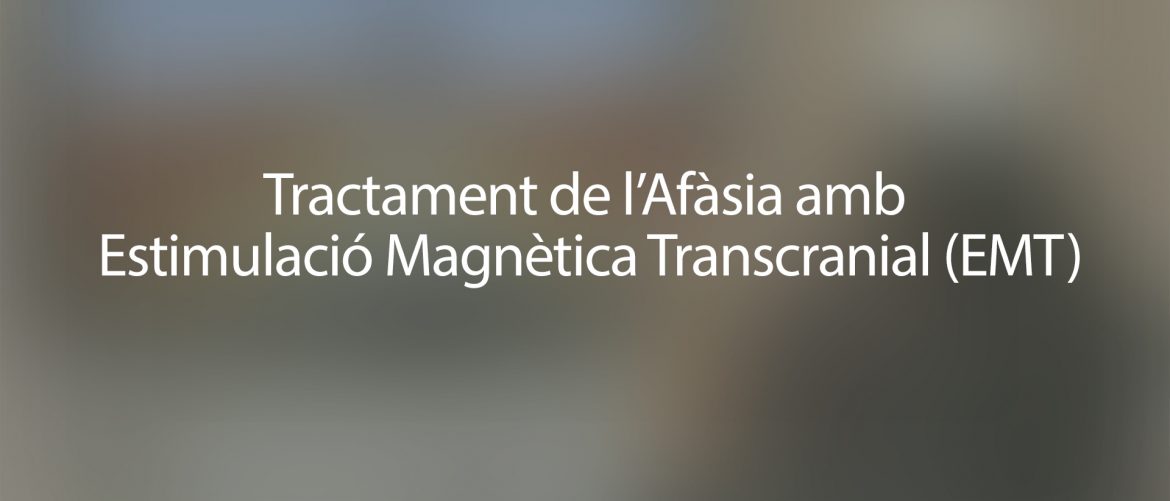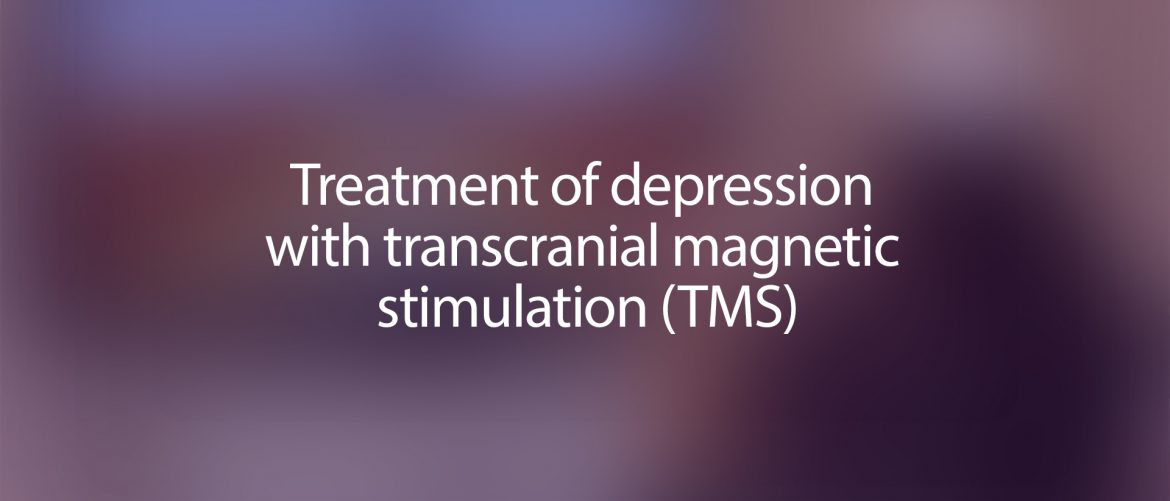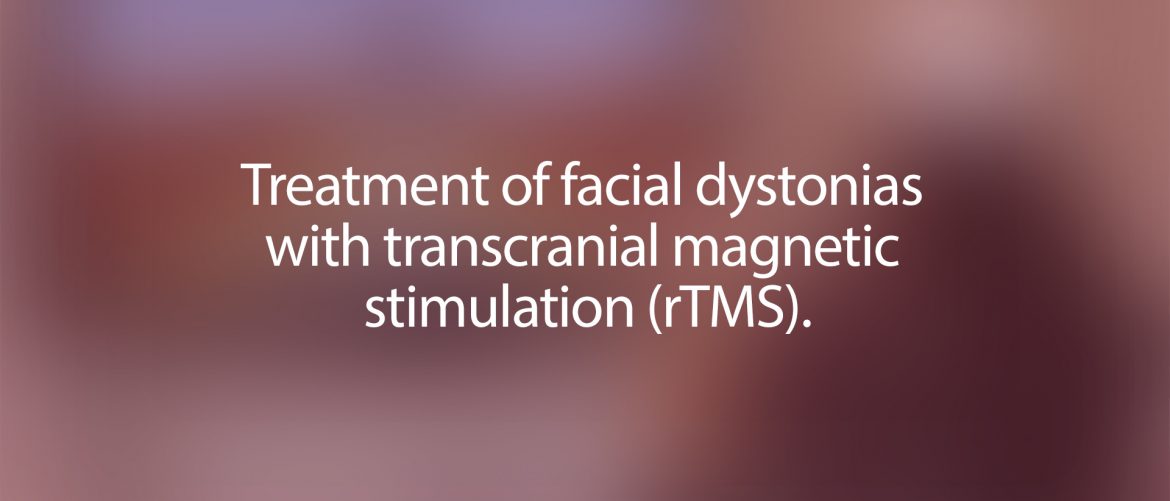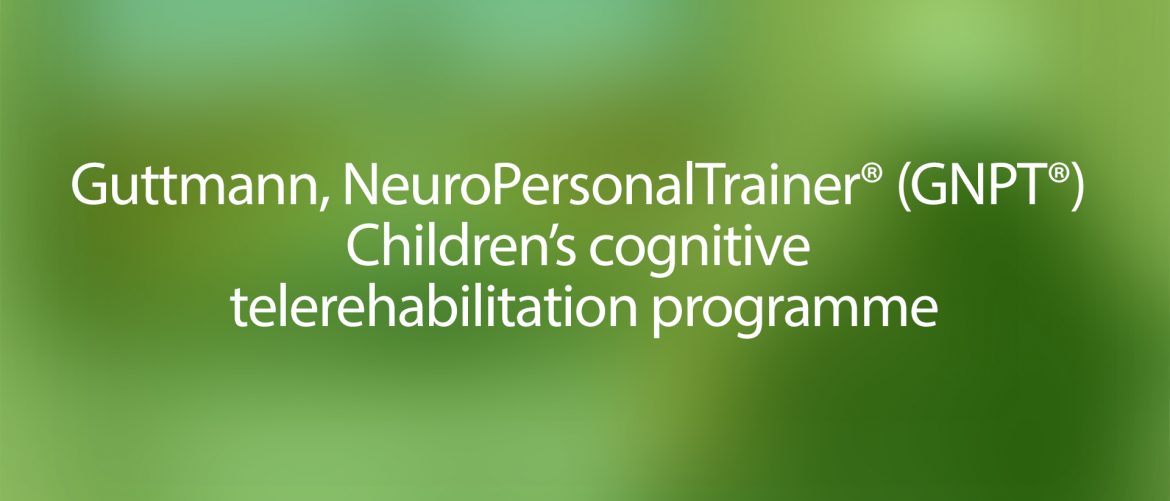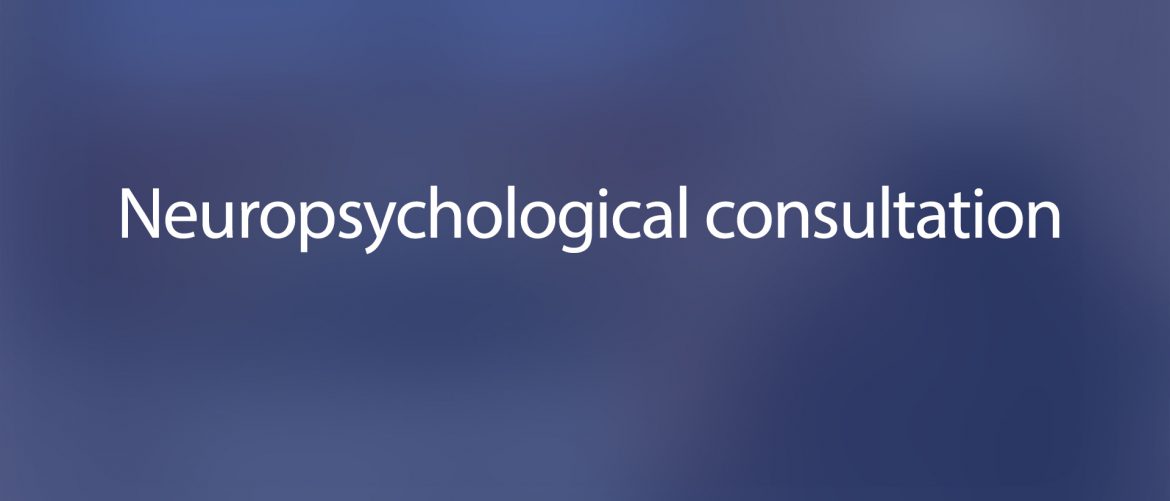Recovery of the independent walking in the Spinal Cord Injury with Repetitive Transcranial Magnetic Stimulation.
What is it? After a spinal cord injury there is a partial or total loss of muscle strength that makes walking difficult (depending on the degree of involvement). Sometimes, it is accompanied by severe spasticity that can limit movements. The organism initiates mechanisms to reorganize the circuits at the cortical, subcortical and spinal levels that
- Published in Treatment
Personalised Neurorehabilitation Programme for Stroke
What is it? The World Health Organization (WHO) defines stroke as a clinical syndrome, presumably of vascular origin, characterised by the sudden appearance of signs of focal neurological involvement (sometimes global) that last more than 24 hours or that, in some cases, can lead to death. According to forecasts from WHO, in recent years, the
- Published in Treatment
Personalised Training and Improved Functionality programme
What is it? This is a personalised training programme, aimed at optimising and maintaining functional capacities, as well as preventing complications associated with disability issues and benefiting from the protective action of controlled physical exercise against the metabolic and cardiovascular risk factors caused by a sedentary lifestyle, especially in people with reduced mobility. Who
- Published in Treatment
Guttmann, NeuroPersonalTrainer® (GNPT®) – Cognitive Telerehabilitation Program
What is it? Neuropsychological rehabilitation is an active process that helps the patient to optimise the recovery of higher functions (attention, perception, memory, executive functions, calculation…) to better understand the alterations presented and to develop strategies to compensate for these disorders. Who is it for? It is aimed at people with cognitive deficit caused
- Published in Treatment
Treatment of dysphagia with neuromuscular electrical stimulation (NES)
What is it? Neurogenic dysphagia is a disorder that appears within the context of a nervous system injury and which is characterised by a difficulty in the preparation of the food bolus in the mouth or in the movement of food from the mouth to the stomach with the risk that it passes into the
- Published in Treatment
Treatment of chronic neuropathic pain by means of non-invasive brain stimulation (NIBS) and virtual reality
What is it? Neuropathic pain is that which occurs as the result of an injury to or dysfunction of the nervous system, as a result of maladaptive plastic changes after a neurological injury. Who is it for? The programme is aimed at people who, after a neurological injury, present neuropathic pain once the rehabilitation
- Published in Treatment
Treatment of aphasia with transcranial magnetic stimulation (TMS)
What is it? Aphasia is the loss of the ability to produce or understand language, due to injuries in specific areas of the brain. In most people, their specialised language areas are found in the left hemisphere. Therefore, an injury in these areas can cause aphasia symptoms. Who is it for? This programme is
- Published in Treatment
Treatment of depression with transcranial magnetic stimulation (TMS)
What is it? Depression is a syndrome that is characterised by the long-term presence of low mood, loss of the ability to feel pleasure, lack of energy, feelings of worthlessness or guilt, insomnia, weight loss, problems concentrating and negative thoughts (death, etc.), among other symptoms. Who is it for? This treatment is aimed at
- Published in Treatment
Treatment of facial dystonias with transcranial magnetic stimulation (rTMS).
What is it? Facial dystonias involve, among other symptoms, involuntary and sustained contractions of the muscles around the eyes; in some patients these spasms sometimes radiate out towards the nose, the face and even the neck area. This is a rare disease that affects only one in 20,000 people and with varying intensity. The visual
- Published in Treatment
Guttmann, NeuroPersonalTrainer® (GNPT®) Children’s cognitive telerehabilitation programme
What is it? Neuropsychological rehabilitation is an active process that helps children with cognitive disorders, learning difficulties or behaviour problems to: – Better understand the alterations that they present. – Develop strategies to compensate for these disorders or difficulties to optimise the development of higher functions (attention, perception, memory, executive functions). Who is it
- Published in Treatment
NEUROPSYCHOLOGICAL CONSULTATION
What is it? Neuropsychological rehabilitation is an active process that helps patients and their families to better understand the alterations they present, develop strategies that allow them to compensate for these neuropsychological alterations and optimise higher functions. Who is it for? This neuropsychological consultation is aimed at patients with cognitive, behavioural and emotional disorders
- Published in Treatment



